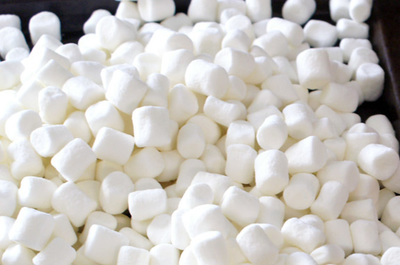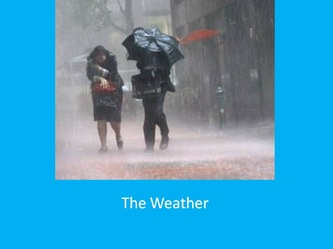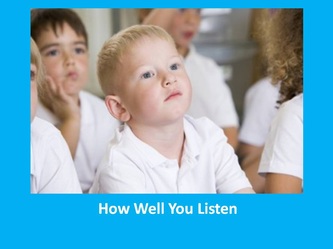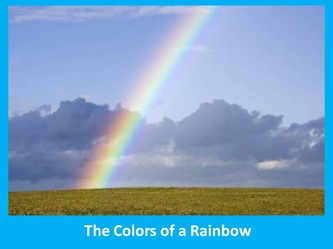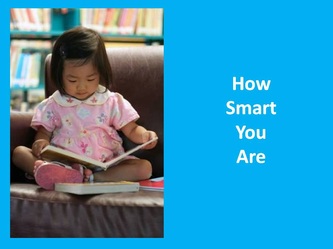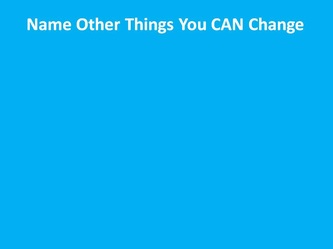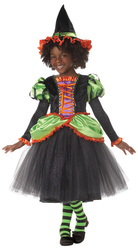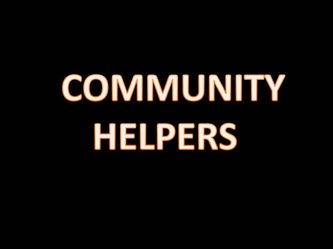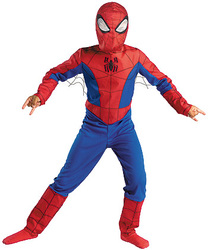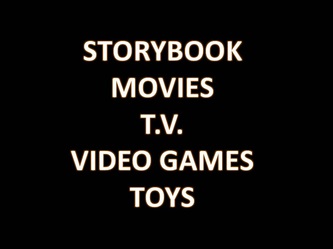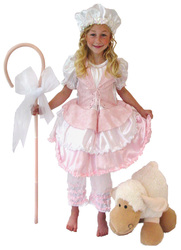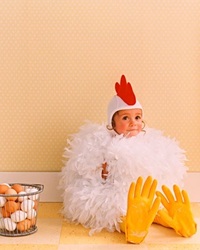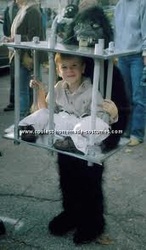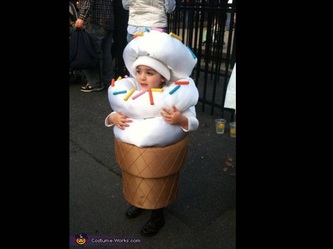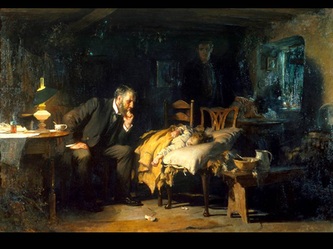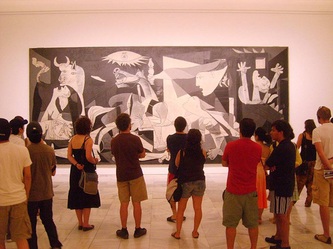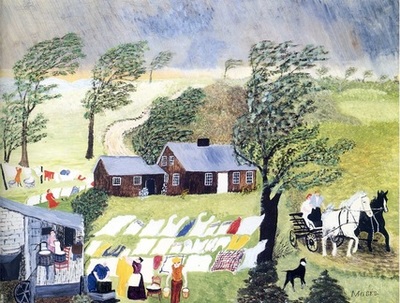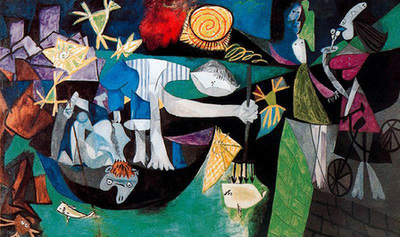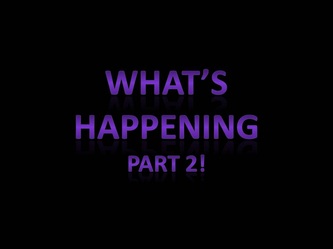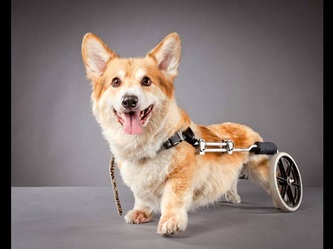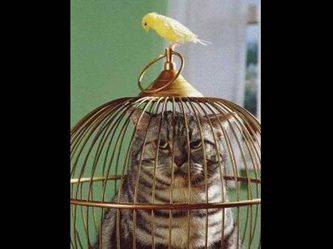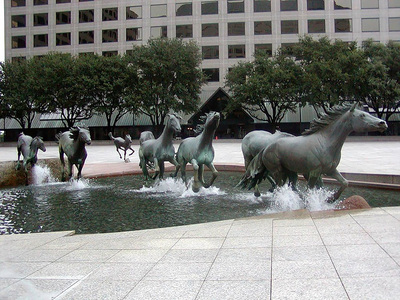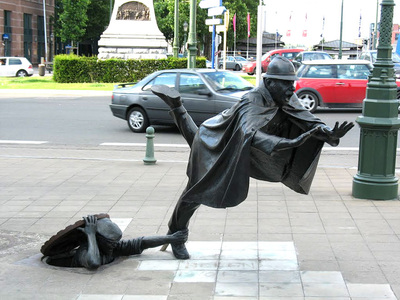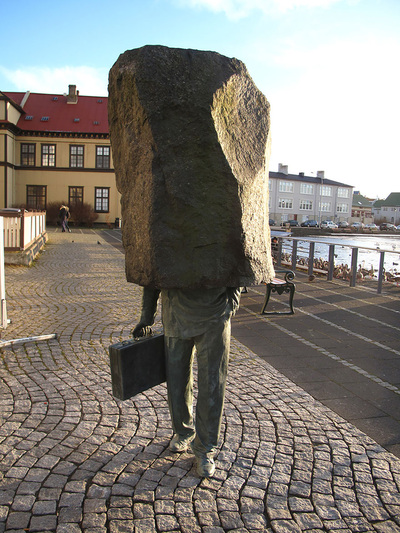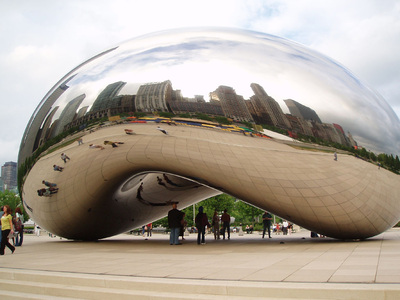SHOE KIDS - The mini-unit begins with kids viewing the video, "Caterpillar Shoes." FOCUS: attributes, compare/contrast. Kids take off a shoe and put them in a pile. Look at the shoes --really look, finding similarities, differences --looking at unusual shoes, creative shoes. Use and help children understand the term "attributes." This game can go on and on. Encourage children to look at all sides of the shoe, in and out, up and down, how they fasten, what they are made of, what designs are on the bottom, any writing on the shoe, etc --these are attributes. Pick a pair of mismatched shoes at random and hand to child, asking: "How are they different? How are they the same?" That child then selects two random shoes, handing them to the child next to them and the game continues until the circle is complete (the teacher plays too). Take photos of kids shoes and create an Animoto just for fun! Post on your website and show the next week. Lets kids think of the many ways of sorting all the shoes (attributes), listing the attributes either by words or quick draw illustration and then resorting them again into the "kid" categories. How are they alike? How are they different? Create a chart of their findings.
|
|
|
BEFORE SUMMER IS OVER, LET'S GO TO THE BEACH! This begins with a fun Donald Duck cartoon that opens those little brains up and lays the foundation for the activity.
"Creative" Beaches --occurring naturally, are decorated for us by Mother Nature. Lead a discussion of the following places. At the end, go through the slides again, letting each child stand when the image is shown of the beach they would MOST like to visit. (***Having them stand forces them to only choose once! When standing their vote is over). Children can share why they chose their beach.
LET'S GO TO THE BEACH! (DONALD DUCK AT THE BEACH)
ACTIVITY: Beaches are usually made of sand --but as we've seen the sand can change into something unexpected. Imagine... imagine. What if beaches were made of other things? What would they feel like, smell like, ...be like. Would it make the beach more fun or less fun? What if instead of sand, beaches were filled with: (have kids talk about the sensory response of each).
NOW: Have kids add to the list of "interesting" things that could cover a beach. Encourage them to share the sensory elements of the things they suggest. Categorize the list when it is finished, asking kids to uncover the attributes of items are similar and different.
You Are Growing Up -- You will always change, but there are some things about you that will not change. Can you think of what those things might be? 1. Begin with a brief discussion of things that grow. 2. Play the Hap Palmer song and let kids sing along --fun and easy. They "echo sing" the verses and the chorus is easy because of the images. 3. Repeat the song and let kids get up and make up their own movements --(we crawled and even ran around the room....FUN!)
Discuss how we change as we grow. Then tell the story of "Portrait of Lotte." Her father filmed a brief video of her once a week, for 14 years and then put them together so we can see a time lapse of Lotte changing. Encourage kids to look for the number, indicating her birthday and to say the number out loud.
NEXT....Class DISCUSSION: Have kids sit in a circle and discuss the following:
What did you like to do when you were little? What do you like to do now?
What do you get to do now that you didn't get to do when you were little?
What do you think you'll get to do when you are teenager that you don't get to do now?
What are some things you'll get to do when you are a grownup that you don't get to do now?
What are some things you will probably have to do as an adult that you don't think you will like?
What are some things you will get to do when you are very old that you don't get to do now and you won't get to do as a teenager or an adult?
If you could pick any age and stay that age for the rest of your life, how old would you want to be? Why?
PATHS -- What is a path? What will Dorothy find at the end of the yellow brick road path? What will she see along the way?
so... what do you think lies at the end of these paths? Other questions to ask as children discuss each slide --Does this look like a friendly path? Why or why not? Does this path look like it is from a long time ago? Why or why not? Does this path look like many people walk on it? Why or why not? Where do you think this path might be? Would you walk on this path by yourself? Why or why not? Would you walk on this path with a friend?
Let's use our Memory to play "PATH!" Can you remember the path... make a picture in your head to remember. HERE Let kids try it with a partner (taking turns). THIS IS A GOOD TIME TO USE SIMPLE MAZE PUZZLES AS A FOLLOW-UP ACTIVITY.
FACES - Faces show how you are feeling and what you are thinking --they can also show unexpected things when in the hands of a creative photographer... explore facial expressions with students and then look at the artistic faces that follow... a. Have children make the "emotion" on their own face that they see on the chart as you discuss each emotion. Let kids talk about things that have happened to them that make them feel the emotion. b. Make up a short scenario and have kids "show" the face and share (and if they can remember...some will) the name of that emotion. For instance, "You are in your bed at night and hear a strange noise under your bed. The noise is getting louder..." c. Talk about how we, especially women, put makeup on our face to change it --this really happens at Halloween with face paint. Show the slides of the unusual faces (kids will love it!). ***Find a volunteer who is good at painting faces to come in a paint the face of one of the kiddos in an interesting design! You may have to draw a name because they will all want to have their face changed! d. Give them a face of their choosing (either a man or woman), allowing them to use "crayon face paint" to create their own fact masterpiece.
This Pinterest site has great ideas for the emotions our faces show --
This SITE has great identifying and expressing feelings ideas!
***IDEA
Idea Book for Developing Discussion Lessons

I LOVE THIS BOOK!!! Look for books that have lists, etc. for creating discussion ideas.
CHANGE --sometimes we can change things and sometimes we cannot change things.
Children think about CHANGE and their ability or inability to change the things in their lives. The activity ends with children brainstorming things NOT NAMED that can and cannot be changed.
WATCH CINDERELLA'S DRESS CHANGE and A COCOON CHANGE INTO A BUTTERFLY!
OBJECTS***ACTIVITY - Gather 25 objects (most can be changed "if" kids really think). Set the objects in the center and have kids sit in a circle around the objects (you sit there too!) Have the child sitting directly across from you select an object, hold it up, and tell if the item can be changed or NOT changed; they must explain their thinking. For instance, if the item is an apple, it can be cooked, cut, mashed with a hammer, etc. An apple can be changed. SUGGESTED ITEMS: fork, rock, book, cell phone, marker, etc. ...REMEMBER to have them explain their thinking.
A FUN CREATIVE THINKING ACTIVITY FOR HALLOWEEN!
Read the book, "The Costume Copycat" by Maryann MacDonald and Anne Wilsdorf

Just once, Angela wants to outshine her big sister, Bernadette, on Halloween. But Bernadette always has the best costume. What can Angela do? Maybe wearing Bernadette’s costume from the year before will make Angela stand out . . . . But it is not until Angela decides to use her own imagination that she discovers how to really sparkle.
1. After reading and discussing the book use the DISCUSSION activity below to encourage children to think about classifications of costumes. After showing the images in a category, STOP ...and have children name other costumes not shown that fit in the category. 2. This also allows kids to discuss the difference between ordinary (you will see lots of kids dressed as this) or creative (probably won't see anyone else dressed as this anywhere!) creative costumes. 3. Pet Costumes are just for fun! 4. Of course, kids will want to talk about their costumes or what they would like to dress up like --let them!!!
1. After reading and discussing the book use the DISCUSSION activity below to encourage children to think about classifications of costumes. After showing the images in a category, STOP ...and have children name other costumes not shown that fit in the category. 2. This also allows kids to discuss the difference between ordinary (you will see lots of kids dressed as this) or creative (probably won't see anyone else dressed as this anywhere!) creative costumes. 3. Pet Costumes are just for fun! 4. Of course, kids will want to talk about their costumes or what they would like to dress up like --let them!!!
PREDICT: Can you tell me what is going on in this painting? Use the word "predict" with the children. (Ask children to tell what they think might be happening --get lots of ideas and talk about the ideas.) Talk "in-depth" about the painting. Really look it over. Have children tell "why" they predicted what they did. Kids love this, and you will too --however, you will probably find them struggling somewhat at first. Unfortunately, young children are already assuming there is a "correct" answer. Ask questions about what they predict. Help kids to see small details in the images and ask them questions about the details to encourage thinking. (I have included extra paintings if you need more... we have yet to finish the first batch in a session)
RED RED RED RED RED RED RED
CREATIVE THINKING CATEGORIES (I use these to help kids use flexible thinking when brainstorming --add to the list of categories!): things we eat, things we wear, parts of our body, things in a kitchen, things in a bedroom, things with motors, things that have to do with technology, things in the sky, animals, toys, things we do, things we use, things in the ocean, plants, things in fantasy, sports and sport teams, books, movies, TV shows, the city, the farm, etc.





